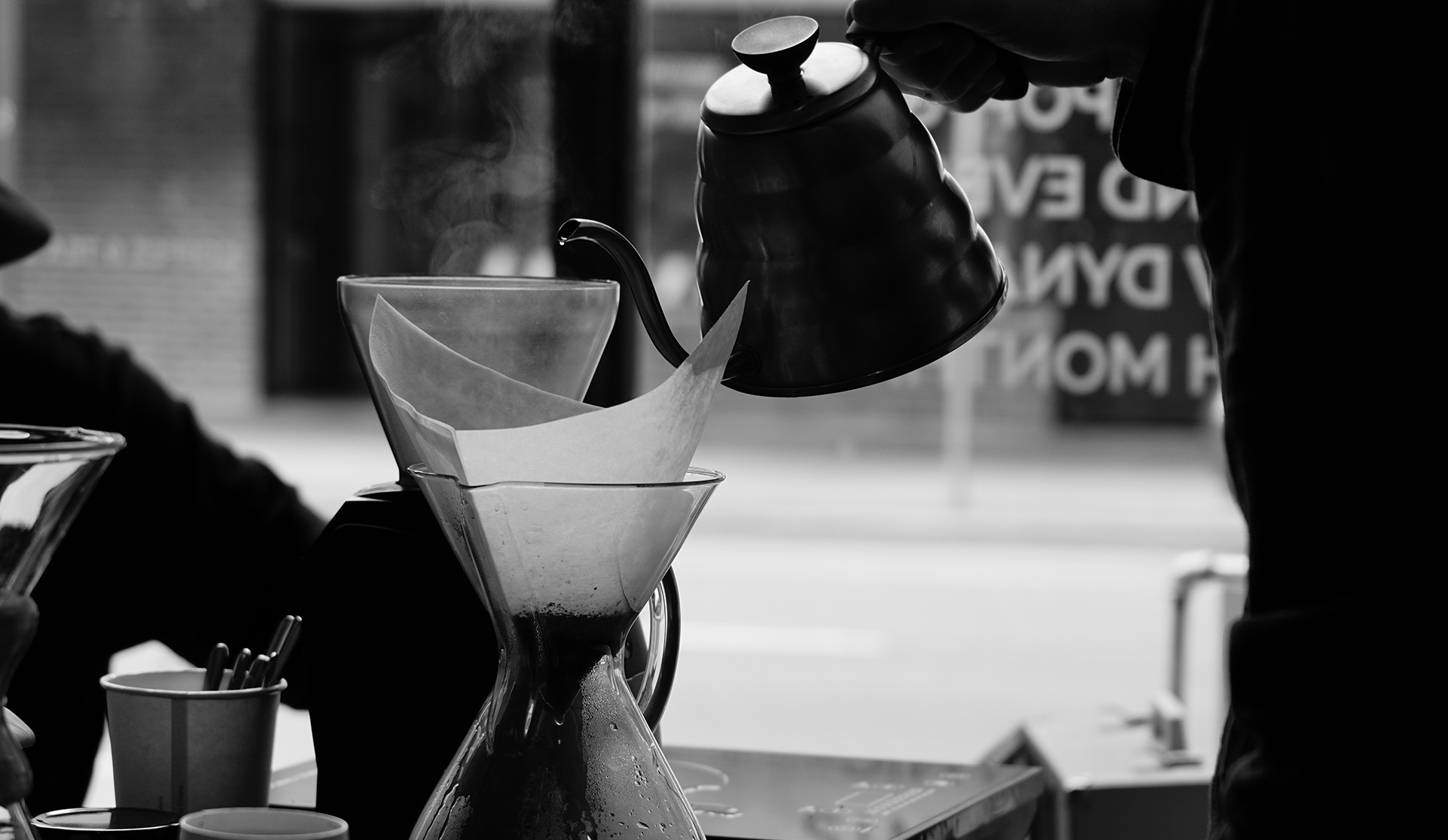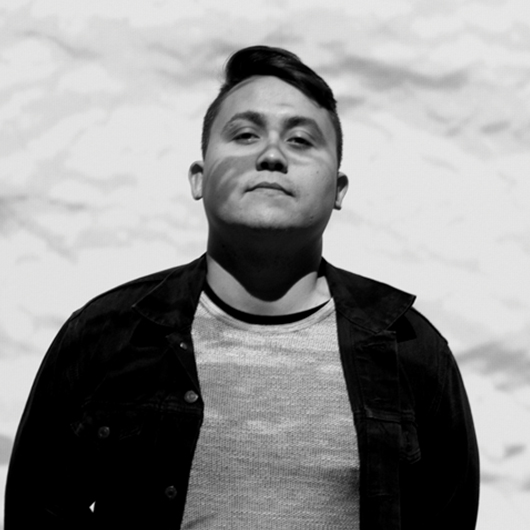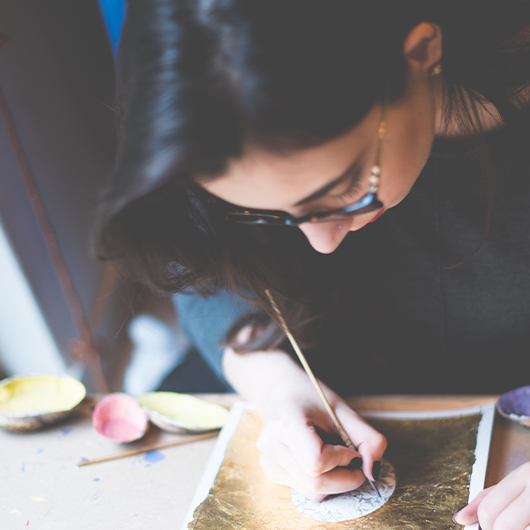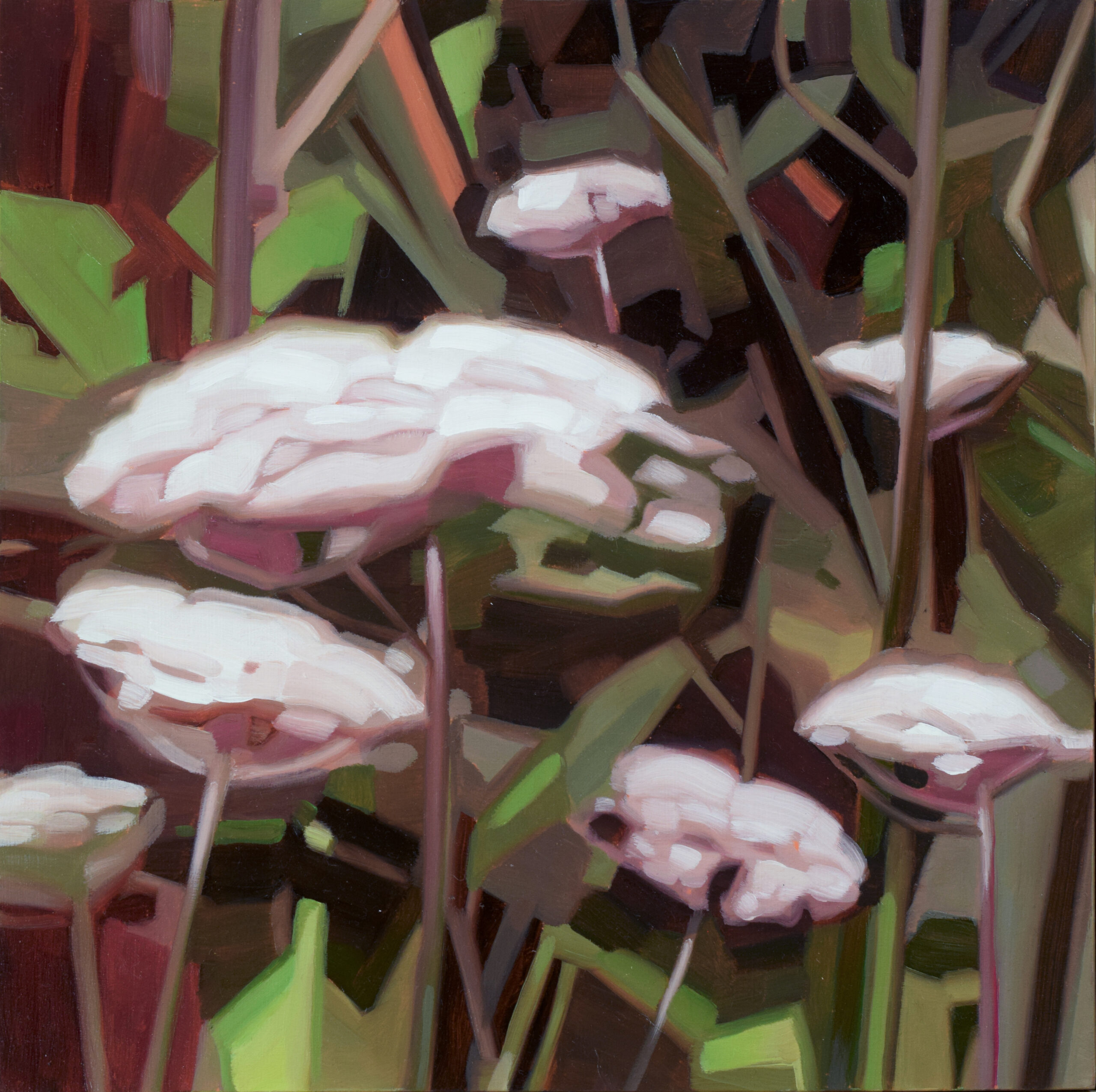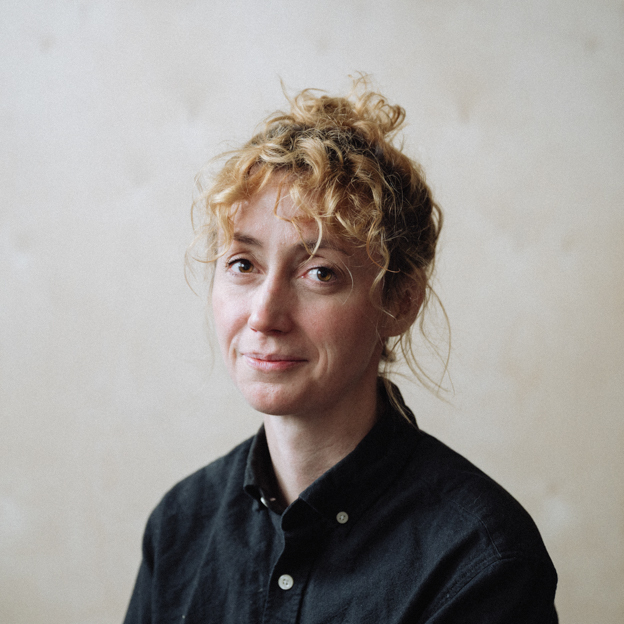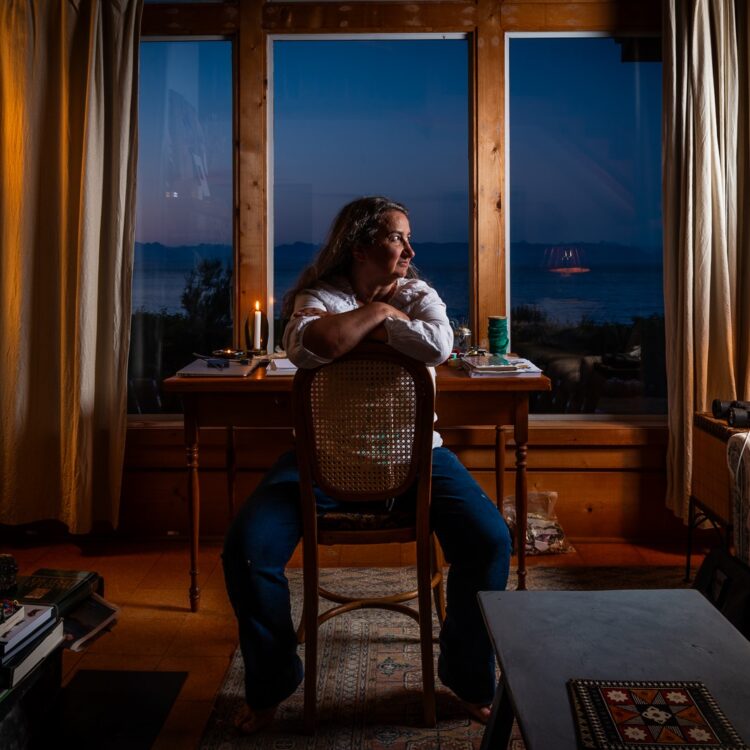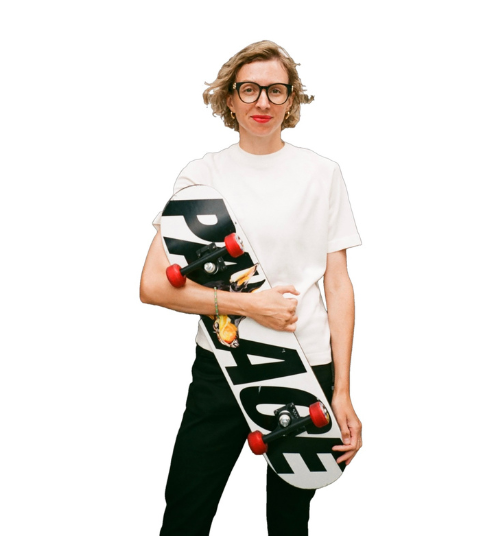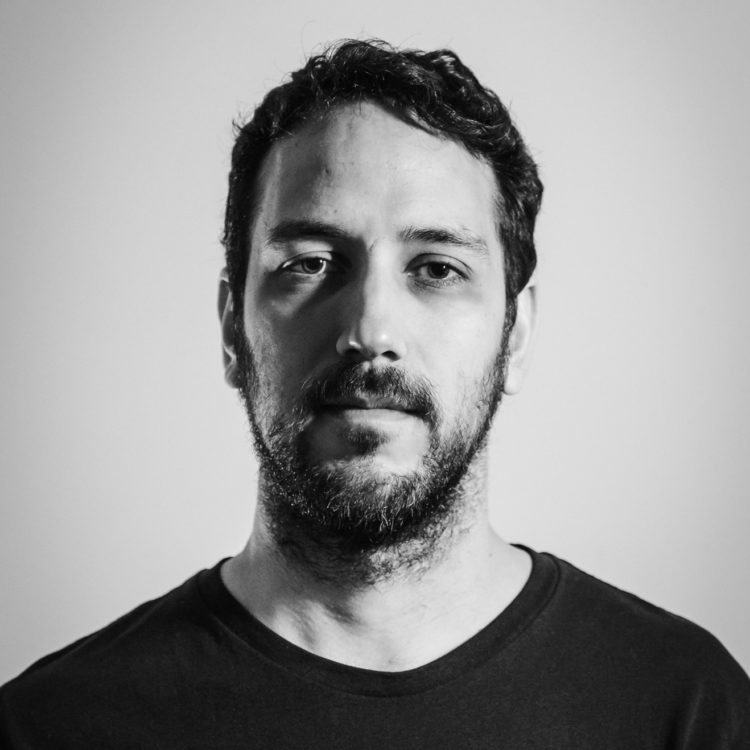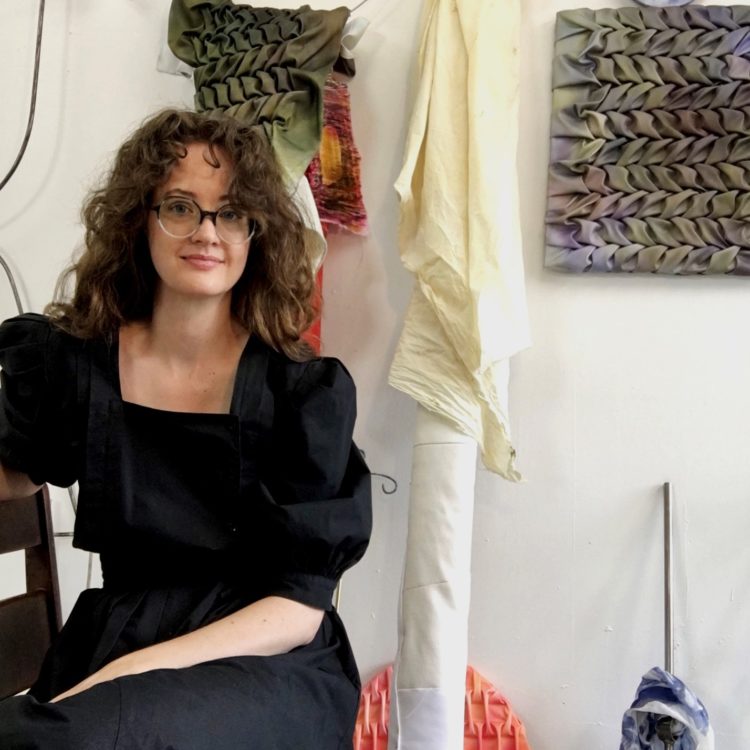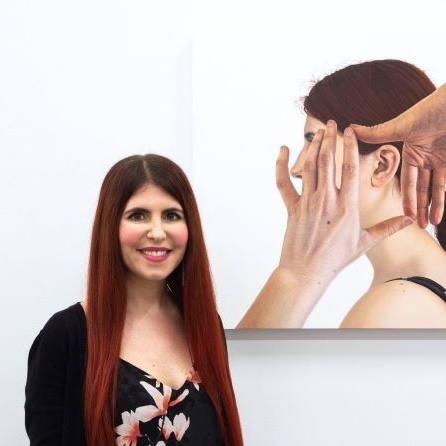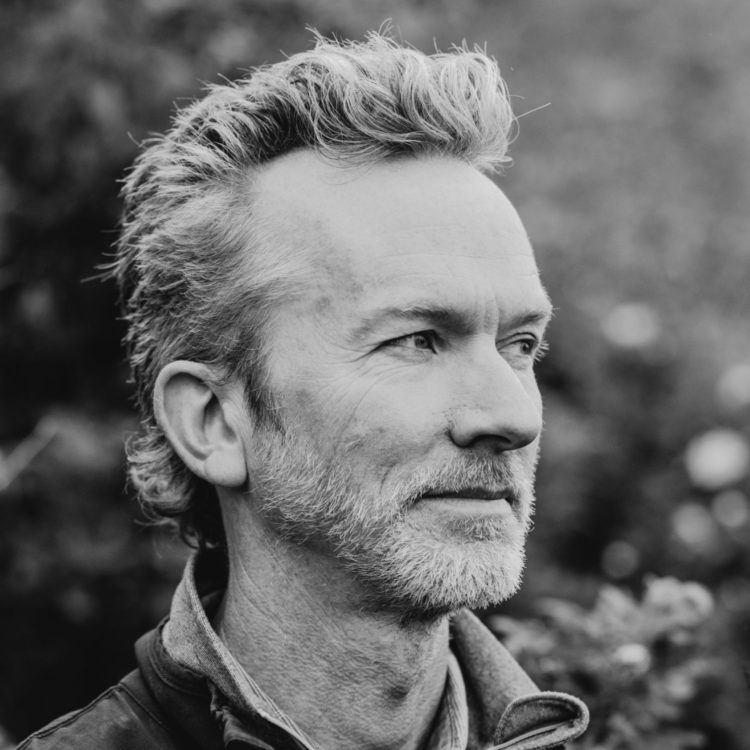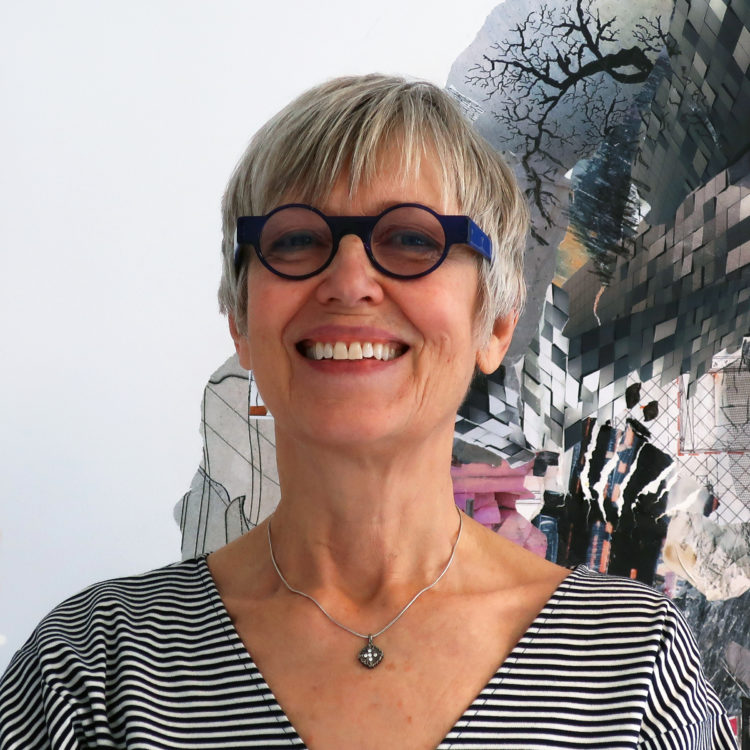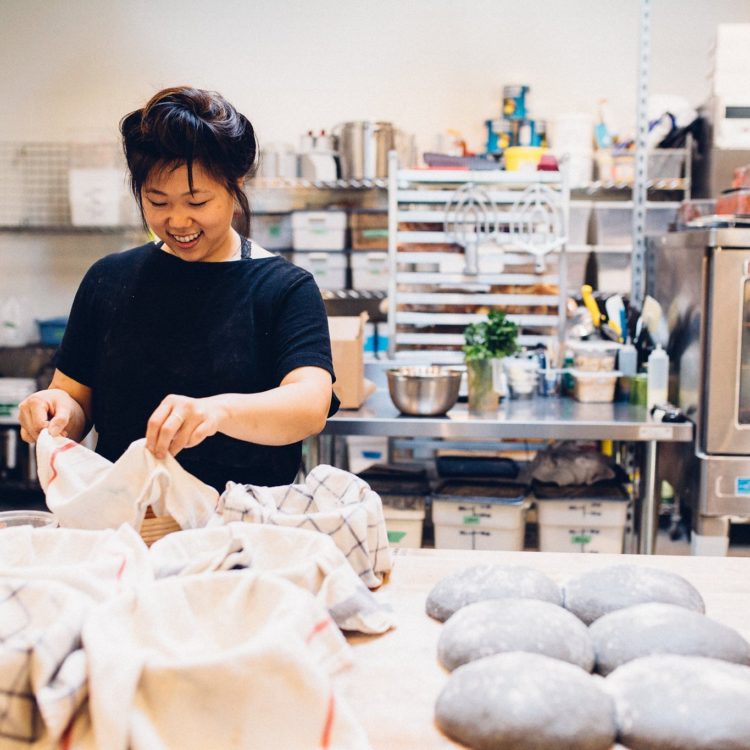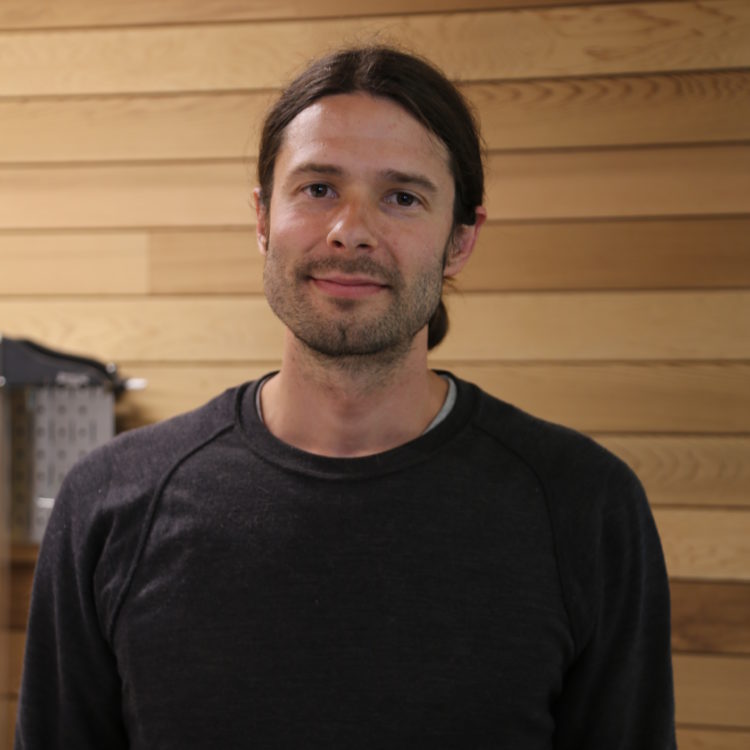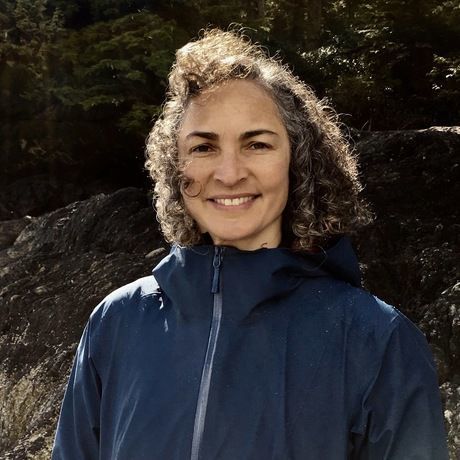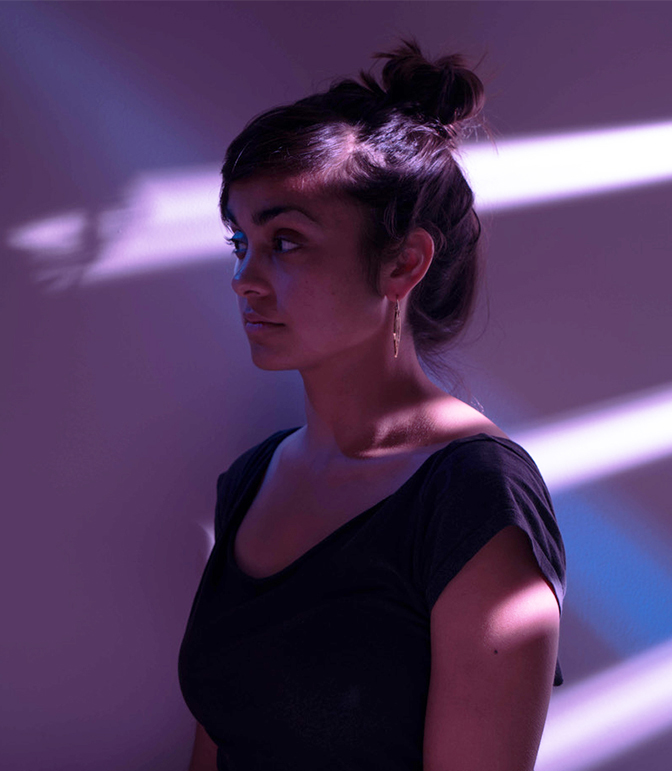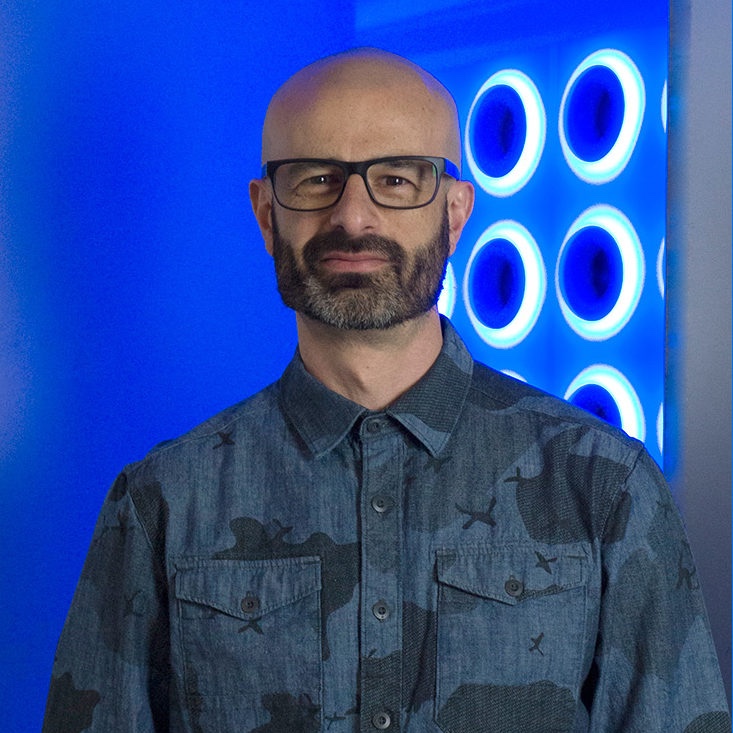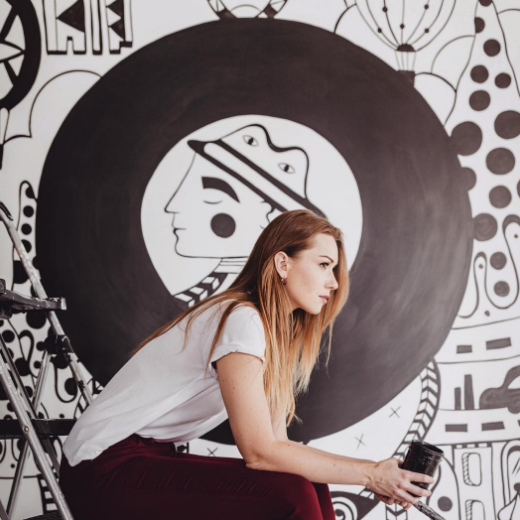Julien Thomas
The Faraday Café
June – Sept 2014
Location
Vancouver
Julien Thomas is a social artist. He creates community gathering spaces, urban interventions and public installations. Originally from Vancouver, Julien now practices in Amsterdam where his work continues to challenge and engage people to interact with one another and form connections.
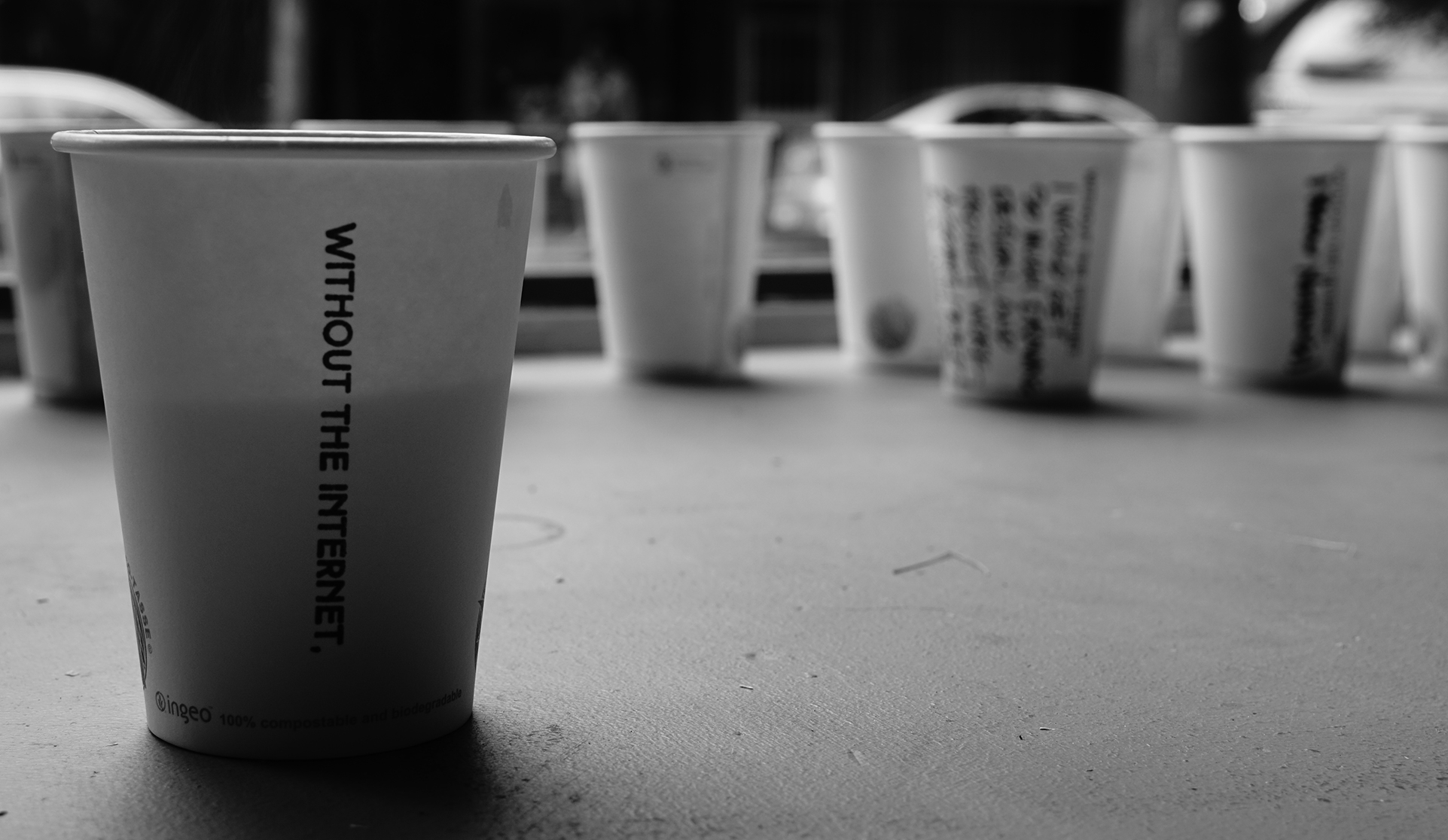
In a space devoid of cell phone or data connections, will personal connections be formed instead?
Our first Artist in Residence, Julien Thomas, set out to answer that question with hcma and "The Faraday Café" – the only coffee shop in Vancouver designed to repel wireless signals.
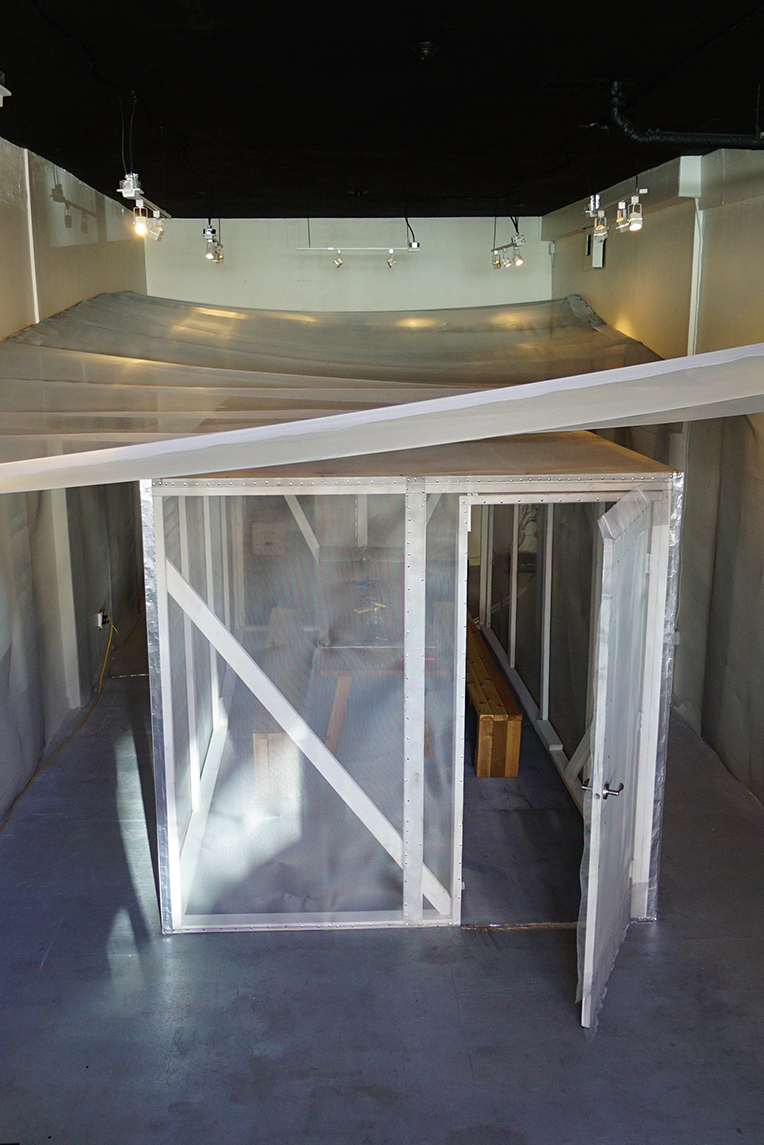
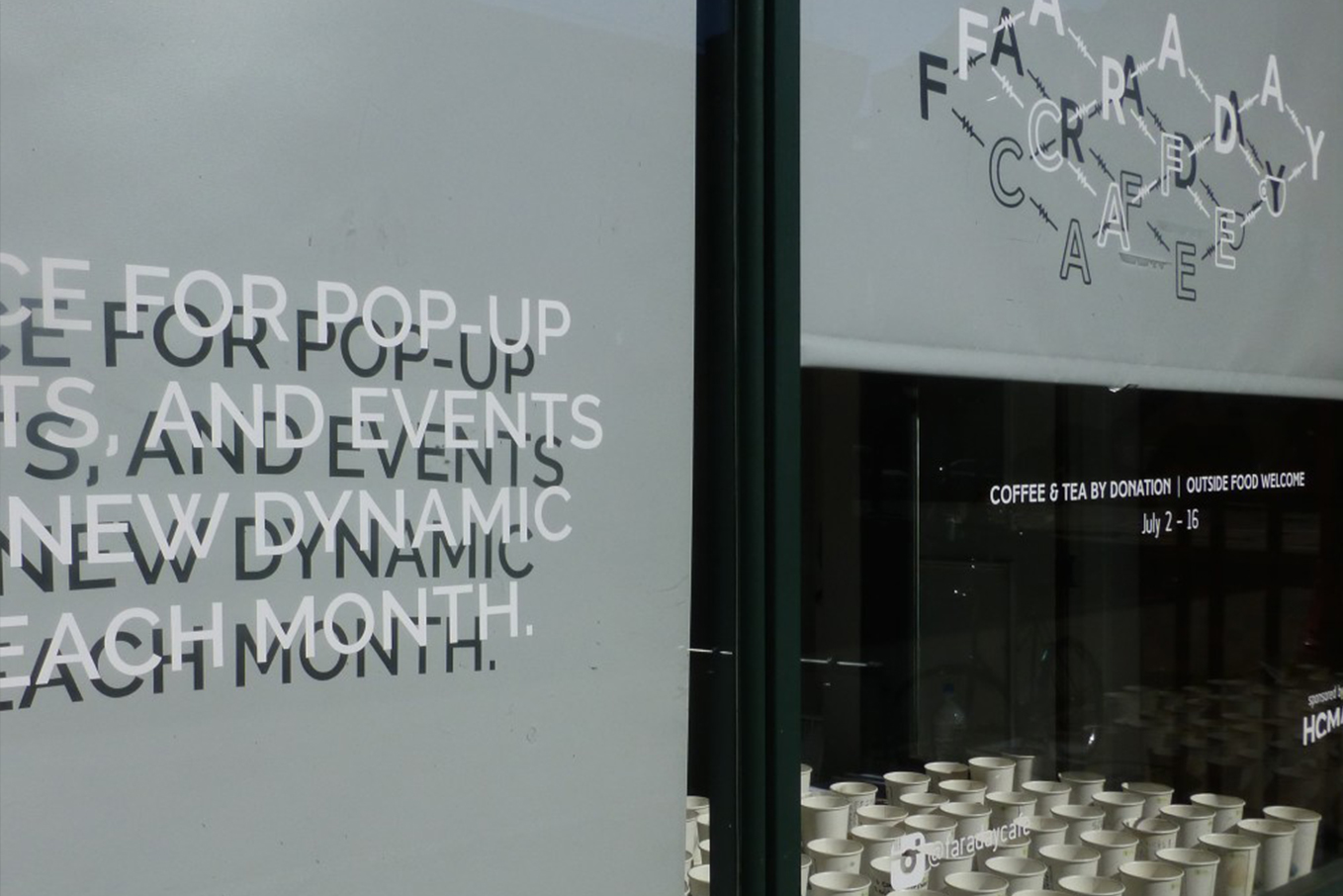
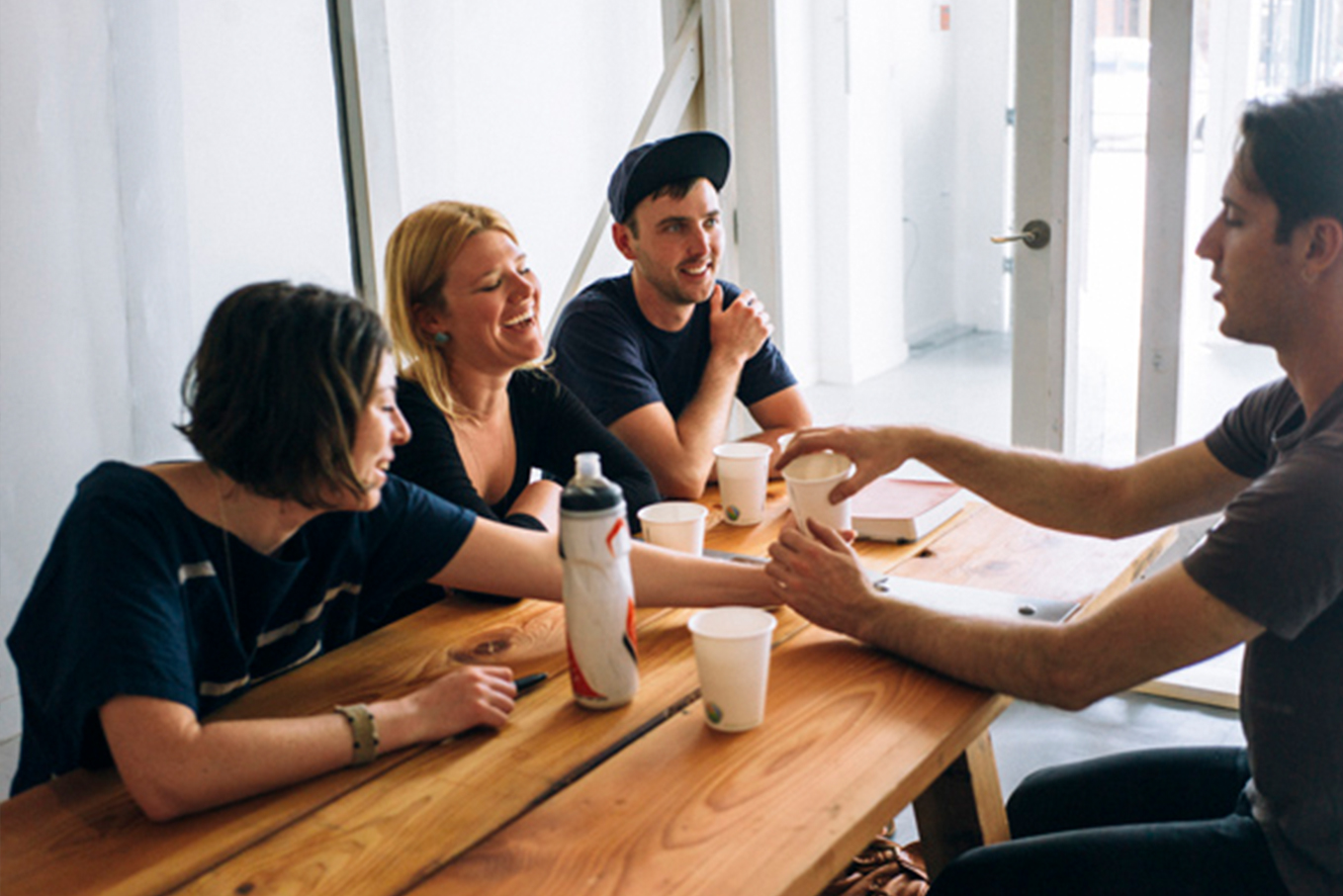
Artist Statement
Before collaborating with hcma, I was primarily active in public space. My practice involved identifying relevant local issues, conducting research on policies, and developing approaches to reconfigure the public domain. I’m always interested in generating discussion, relationship-building and working towards stronger policy awareness and a stronger social fabric.
With the help of hcma, my practice was able to flex into a more private form that carried even greater opportunities for impact.
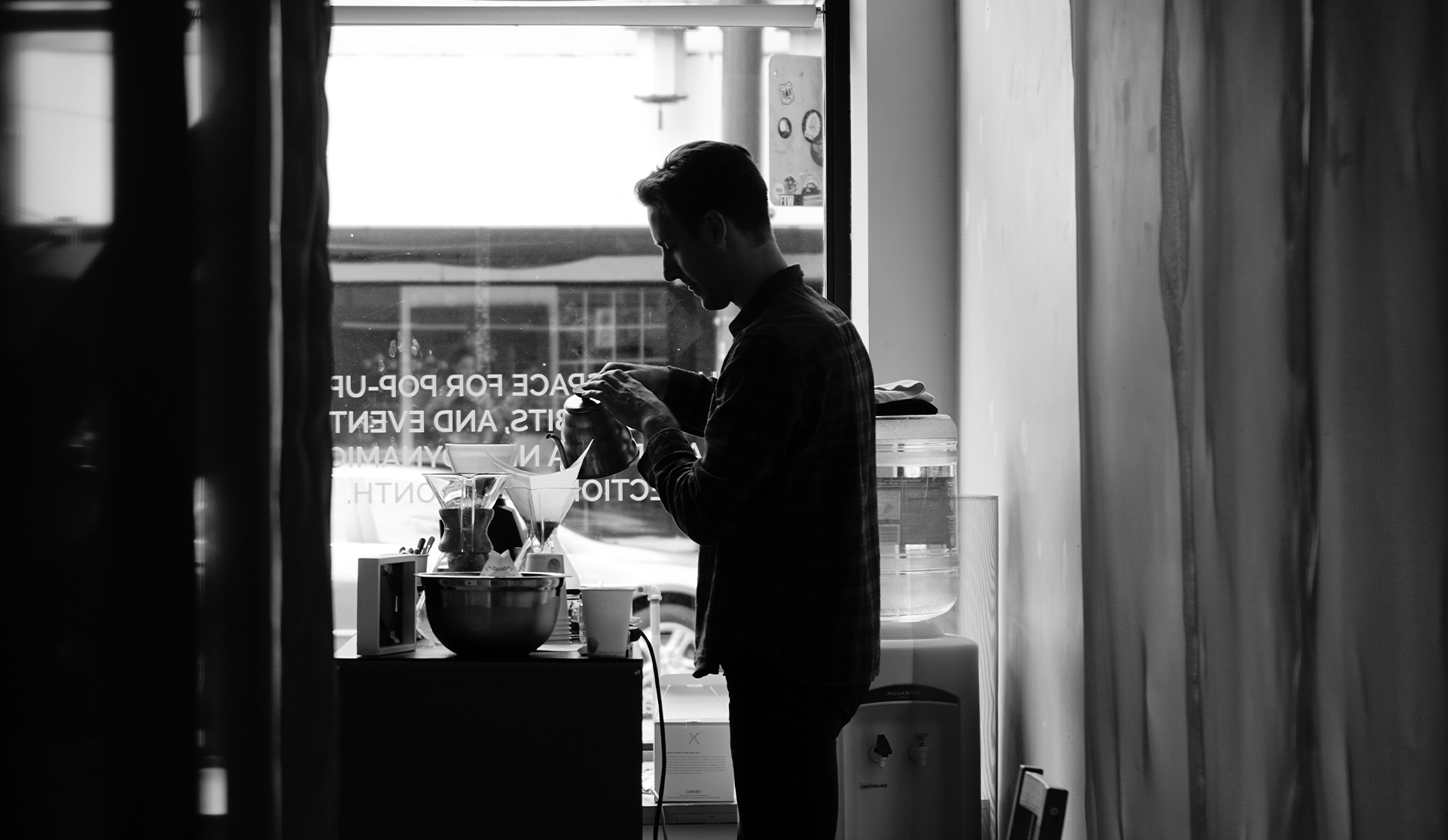
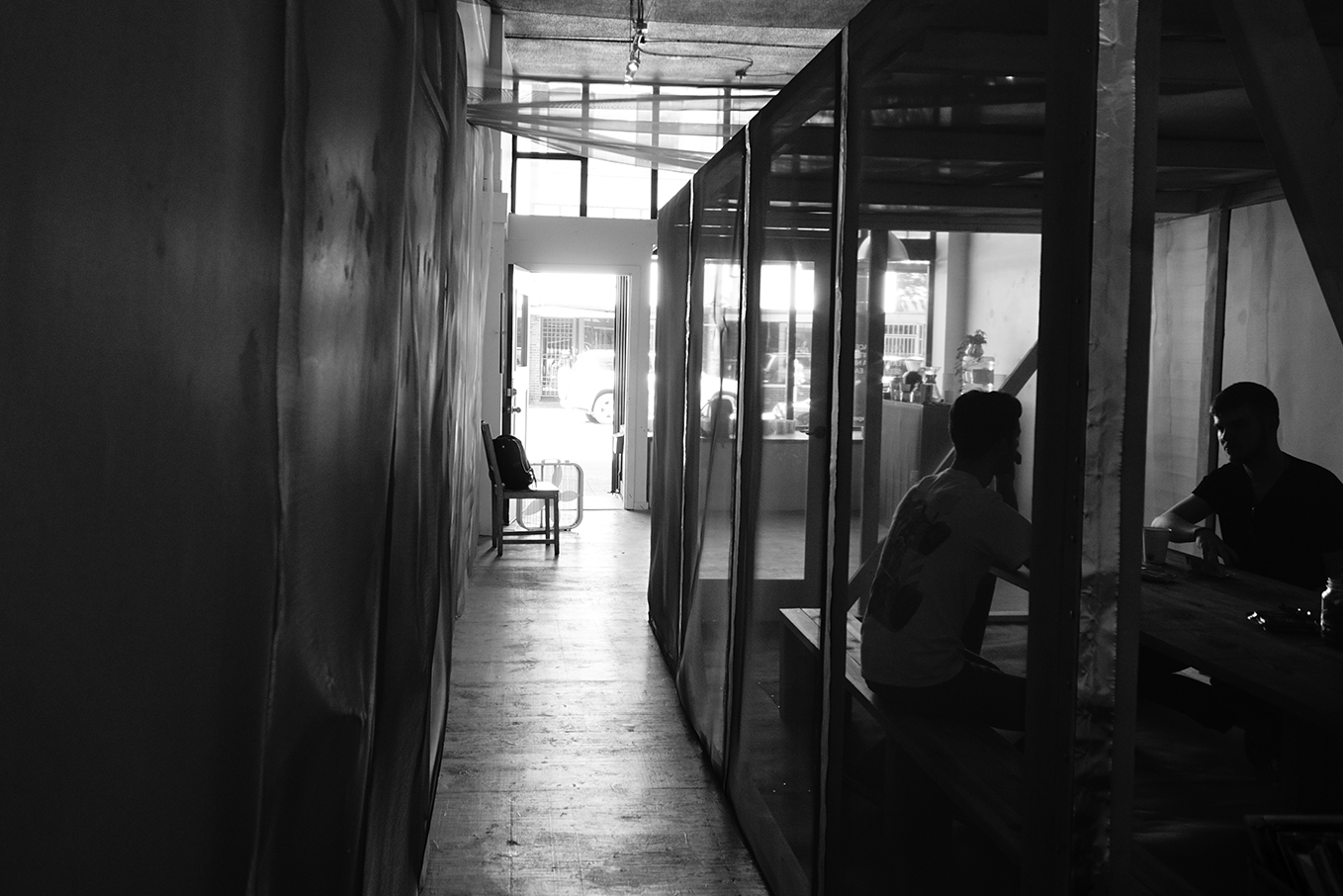
AIR discoveries
A collaborative design process between Julien and hcma yielded a pop up café completely enclosed in a mesh structure. The mesh shielded electromagnetic signals and created visual interest for the space and the project.
Located in the Chinatown Experiment at 434 Columbia Street, the Faraday Café was open to the public from July 2 to 16, 2014. To attract the public to experience this urban intervention, Julien served a rotation of artisanal coffees and hosted a variety of events including morning meditation workshops, afternoon DJ sets, and evening storytelling gatherings, all by donation.
So what happened?
People came. They talked. They drew. They wrote. Some people came to watch and see what other people did. The Globe and Mail sent a reporter and the story of the signal-blocking café made its way around the world, with news agencies calling hcma and Julien to ask “what happened”.
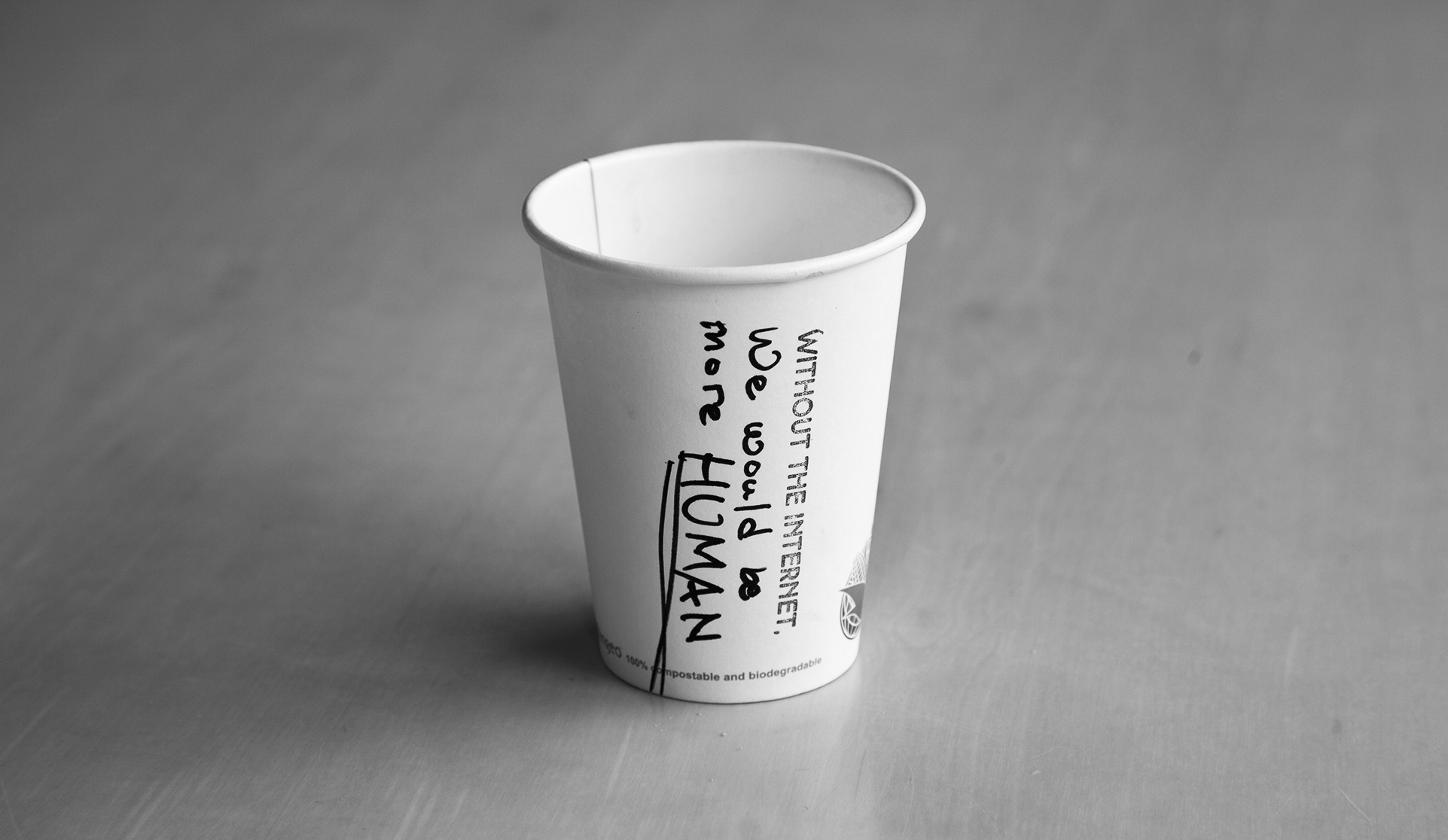
Some of hcma's discoveries
No one foresaw the interest this project would garner, or its potential for striking global connections. The project also sparked unforeseeable connections in our studio as it was being designed, and in the café between strangers who didn’t have devices to hide behind. Here are some observations from our team:
“Yes, the café definitely connected people. I think it was a combination of the disconnect from their phones and the setup, which was one long table with benches. People would talk with other people about how they found the place and why they were there. We noticed that the younger people definitely had more problems being disconnected from their phone than older people. We even observed some people going outside the cage/café for a ‘phone break’, as people would for a smoke break!”
The project also brought to light a previously hidden community of people with electromagnetic sensitivities.
Julien says, “The café was set up with the idea that it would attract people that wanted to truly connect. And some people came to explore that. But the café quickly started attracting A LOT of people that were very sensitive to electromagnetic fields, there’s a whole community out there and they were spreading the word through blogs. They ended up being the prime visitors. A community none of us even knew existed, found the café and made it home. I think that is a pretty great story.”
Some of Julien's discoveries
“With “The Faraday Café ” I worked within the built environment, in a private domain. Interestingly this allowed me to focus on a topic with a much broader audience. It’s funny how working in private space can allow someone to go public in a much bigger way.
I’d also say this project enabled me to explore opportunities for combining creative practice with social entrepreneurship. The format of a café allowed people to place a simple economic value on the project. In current funding structures for Canadian public art, consumer exchange rarely comes into play. hcma’s support of the Faraday Café gave me a basis for future experiments with this kind of work,” says Julien.
